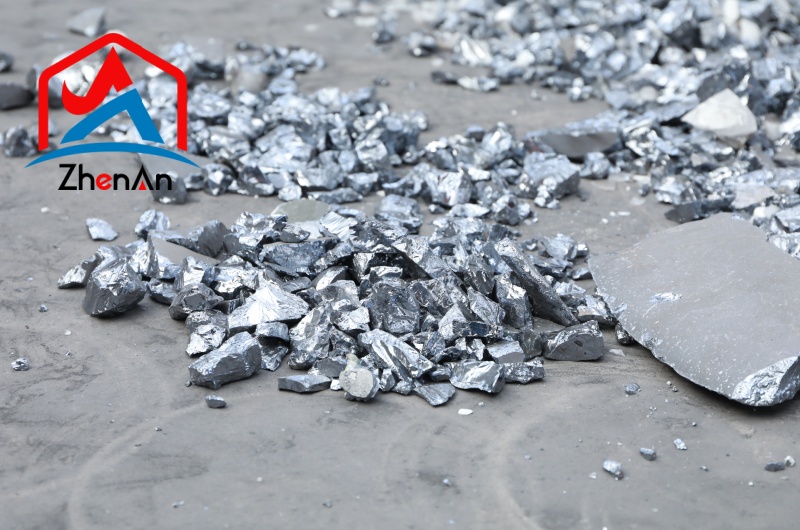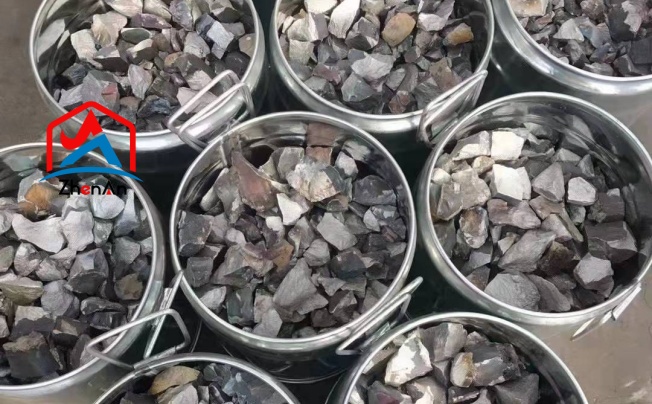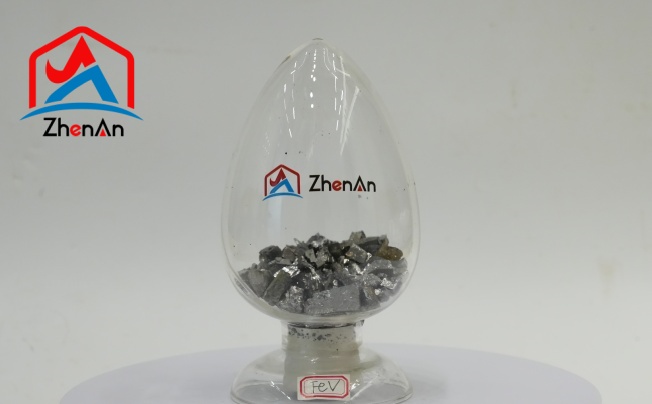BY  GENN
GENN
2024/09
Blog
What Is The Raw Material Of Silicon?
Silicon, a versatile element found at the heart of numerous technological advancements, plays an indispensable role in various industries. It stands as one of the most abundant elements in the Earth’s crust, occupying a significant position in both natural and synthetic materials.
Silicon as an Element
The Essence of Silicon
Silicon, a chemical element with the symbol Si and atomic number 14, is a metalloid that straddles the boundary between metals and non-metals. This fascinating element possesses a grayish metallic luster characterized by its remarkable strength and elasticity.
Silicon’s crystalline structure allows it to exhibit semiconducting properties, making it indispensable in modern electronics. Its melting point reaches an impressive 1,414 degrees Celsius (2,577 degrees Fahrenheit), while its boiling point is around 2,355 degrees Celsius (4,271 degrees Fahrenheit).
This combination of attributes underlines silicon’s versatility and serves as the foundation for its myriad applications across various industries. Silicon’s ability to form covalent bonds with other elements is instrumental in creating a vast array of compounds known as silicates.
These compounds play critical roles in both biological systems and geological formations. For instance, silicon dioxide (SiO₂) constitutes one of the most abundant materials on Earth—sand—and silicone polymers have become staples in industrial applications due to their durability and resistance to extreme temperatures.
Moreover, the unique properties of silicon allow it to serve as an effective insulator or semiconductor depending on its purity levels and structural composition. The natural occurrence of silicon predominantly takes place in silicate minerals which comprise over 90% of the Earth’s crust.
It is primarily found combined with oxygen in various forms such as quartzite or sandstone, establishing its dominance within Earth’s geological framework. As we delve deeper into understanding this multifaceted element, we begin to appreciate not just its physical characteristics but also the profound impact it has on our technological advancements.
Raw Materials for Silicon Production
Silica (Silicon Dioxide)
The Foundation of Silicon
Silica, or silicon dioxide (SiO₂), is the primary raw material in the production of silicon. This compound forms naturally in a variety of geological environments and is characterized by its crystalline structure, which plays a crucial role in determining its properties.
Silica exists predominantly in two forms: crystalline and amorphous. The crystalline form, which includes quartz, exhibits strong bonds that contribute to its durability and resistance to weathering.
In contrast, the amorphous form lacks long-range order and can be found in substances like diatomaceous earth or opal. This diversity not only impacts how silica is processed but also influences the quality of silicon produced.
A Treasure Trove of Sources
The sources of silica are abundant; it constitutes approximately 59% of the Earth’s crust, making it one of the most prevalent minerals. Key sources include quartzite, sandstones, and beach sands composed predominantly of quartz grains.
Each source presents unique characteristics that can affect both extraction methods and final purity levels. For instance, high-purity quartz used for semiconductor applications often comes from specialized deposits where natural impurities are minimal due to geological processes over millions of years.
From Extraction to Purification
The extraction process begins with mining—either through open-pit mining or underground methods—depending on the deposit’s location and depth. Once extracted, silica undergoes several purification steps to eliminate contaminants such as iron oxides or clay particles that could compromise its quality.
Techniques such as flotation, acid leaching, or magnetic separation may be employed based on desired purity levels for different applications. Understanding these methods is pivotal because even minute impurities can significantly alter silicon’s semiconductor properties or solar efficiency.
Carbon (Carbonaceous Reductant)
The Role of Carbon
In the realm of silicon production, carbon serves as an essential reductant during the carbothermic reduction process that converts silica into metallurgical-grade silicon (Si). The significance lies in carbon’s ability to reduce SiO₂ by facilitating chemical reactions that strip oxygen from silica while leaving behind pure silicon. Without this vital component, producing viable quantities of silicon would not only be inefficient but also prohibitively expensive.
A Spectrum of Sources: Coal, Coke & Charcoal
The carbon utilized in this reduction process can come from various sources—each possessing distinct characteristics influencing efficiency and cost-effectiveness. Coal remains a popular choice due primarily to its abundance; however, coke derived from coal processing offers higher purity levels due to lower ash content.
Charcoal serves as an alternative green option where sustainability is prioritized but may introduce variability based on feedstock quality used during production. Each source must be carefully selected depending on economic factors and environmental considerations related to emissions.
The Chemistry Behind Reduction
The chemical reactions involved during this reduction process are pivotal for understanding how high-purity silicon is ultimately obtained from raw materials. When silica reacts with carbon at elevated temperatures exceeding 1,900 degrees Celsius within an electric arc furnace, complex interactions occur leading to significant transformations:
\[ \text{SiO}_2(s) + 2\text{C}(s) \rightarrow \text{Si}(l) + 2\text{CO}(g) \] This reaction highlights how oxygen atoms are effectively stripped away from SiO₂ molecules while releasing carbon monoxide gas into the atmosphere—a critical step toward achieving metallurgical-grade silicon suitable for industrial applications like semiconductors or photovoltaic cells.
Applications and Future Prospects
Harnessing the Power of Silicon in Various Industries
Silicon, with its unique properties and versatility, finds extensive applications across a multitude of industries. In the realm of semiconductors, silicon plays a critical role as the foundation for integrated circuits and electronic devices. The semiconductor industry heavily relies on silicon’s semiconductive properties to create transistors, diodes, and other components essential for modern technology.
Moreover, silicon’s abundance and stability make it an ideal material for solar cells, where it converts sunlight into electricity efficiently. The renewable energy sector benefits greatly from silicon’s presence in photovoltaic panels, paving the way for sustainable power generation.
Innovative Utilization in Construction Materials
Beyond electronics and energy production, silicon also makes significant contributions to the construction sector through innovative materials. Silicon-based compounds such as silica fume and silicones are used in construction materials to enhance durability, strength, and resistance to environmental factors.
Silica fume, a byproduct of producing silicon metal, is employed as a supplementary cementitious material in concrete mixtures to increase strength and reduce permeability. Silicones derived from silicon compounds serve as sealants and adhesives that offer excellent weatherproofing properties for building structures.












